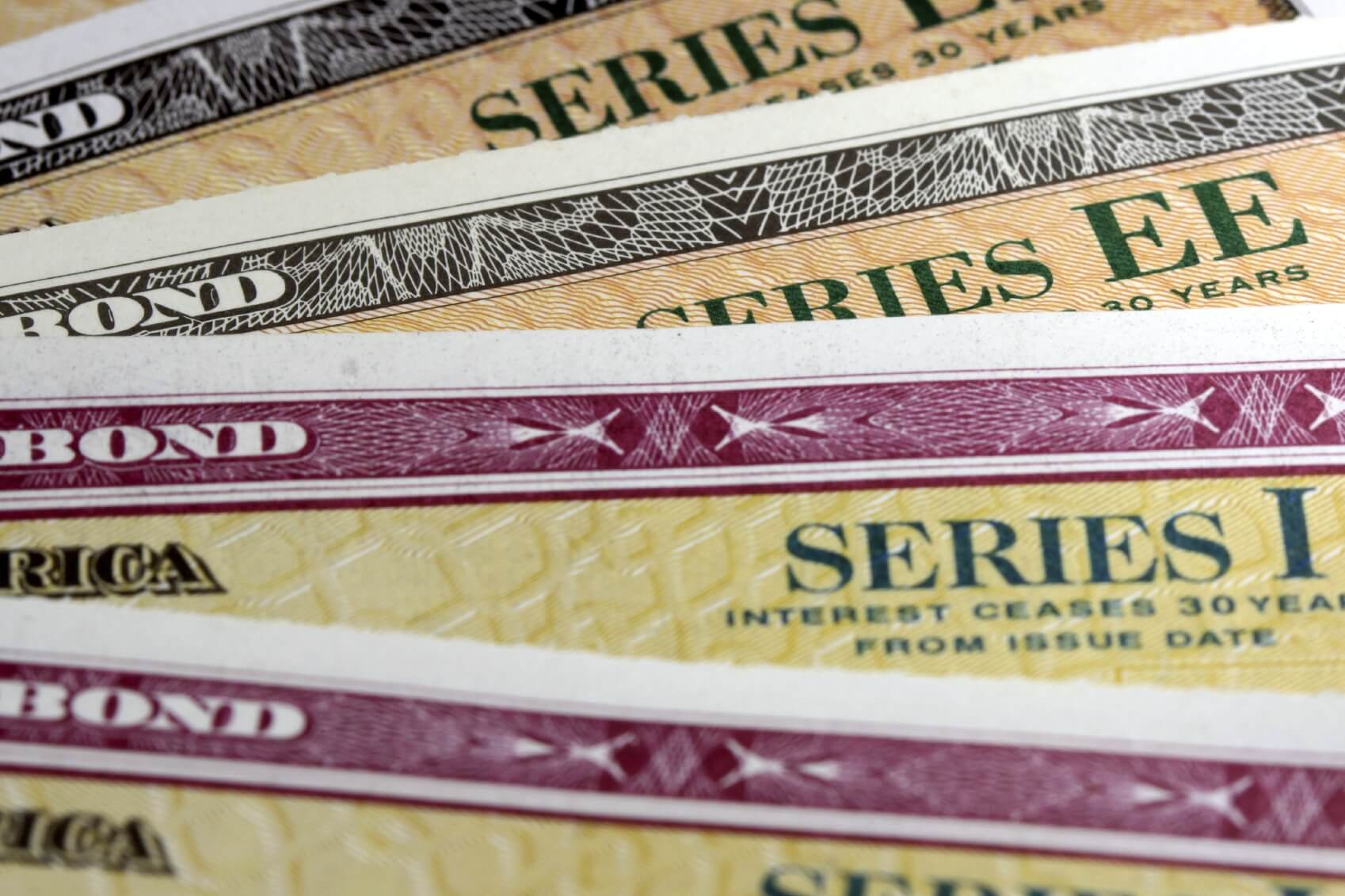Strategies for Fixed-Income Investors
A long period of low yields has been challenging for many fixed-income investors, but owning bond investments in a rising interest-rate environment could become even trickier. When interest rates go up, the prices of existing bonds typically fall. Consequently, the Federal Reserve’s rate-setting decisions could affect the entire fixed-income market.
Still, bonds are a mainstay for conservative investors who prioritize the preservation of principal over returns, and for retirees in need of a predictable income stream. Although diversification does not guarantee a profit or protect against investment loss, owning a diversified mix of bond types and maturities is one way to manage interest-rate and credit risk in your portfolio.
Consider duration
Overall, bonds with shorter maturities are less sensitive to interest-rate fluctuations than long-term bonds. A bond’s maturity is the length of time by which the principal and interest are scheduled to be repaid. A bond’s duration is a more specific measure of interest-rate sensitivity that takes cash flow (interest payments) into account.
For example, a five-year Treasury bond has a duration of less than five years, reflecting income payments that are received prior to maturity. A five-year corporate bond with a higher yield will have an even shorter duration, making it slightly less sensitive to interest-rate fluctuations. If interest rates increase 1%, a bond’s value is generally expected to drop by approximately the bond’s duration. Thus, a bond with a five-year duration could lose roughly 5% in value. (U.S. Treasury securities are guaranteed by the federal government as to the timely payment of principal and interest.)
Build a ladder
Bond laddering is a buy-and-hold strategy that could also help cushion the potential effects of rising rates. This process puts your money to work systematically, without trying to predict rate changes and time the market.
Buying individual bonds provides some certainty, because investors know how much they will earn if they hold a bond until maturity, unless the issuer defaults. A ladder is a portfolio of bonds with maturities that are spaced out at regular intervals over a certain number of years. When short-term bonds from the low rungs of the ladder mature, the funds are reinvested at the top end of the ladder. As interest rates rise, investors may be able to increase their cash flow by capturing higher yields. A ladder may also help insulate bond portfolios from volatility, because higher yields on new bonds may help offset any paper losses on existing holdings.
Bond ladders may vary in size and structure, and could include different types of bonds depending on an investor’s time horizon, risk tolerance, and goals. Individual bonds are typically sold in minimum denominations of $1,000 to $5,000, so creating a bond ladder with a sufficient level of diversification might require a sizable investment.
Rise with rates
Adding a floating-rate component to a bond portfolio may also provide some protection against interest-rate risk. These investments (long offered by U.S. corporations) have interest payments that typically adjust based on prevailing short-term rates.
The U.S. Treasury started issuing floating-rate notes with two-year maturities in January 2014. Investors receive interest payments on a quarterly basis. Rates are tied to the most recent 13-week Treasury bill auction and reset weekly, so investors are paid more as interest rates rise and less as they fall.
Note: Bonds redeemed prior to maturity could be worth more or less than their original cost, and investments seeking to achieve higher yields also involve a higher degree of risk. Interest payments are taxed as ordinary income. Treasury bond interest is subject to federal income tax but exempt from state and local income taxes.
Prepared by Broadridge Investor Communication Solutions, Inc. Copyright 2016
